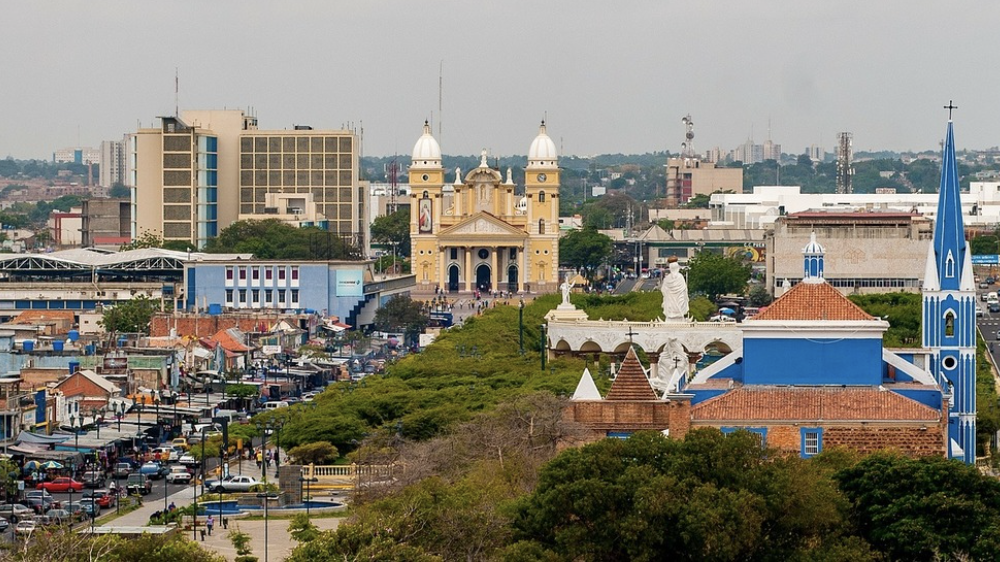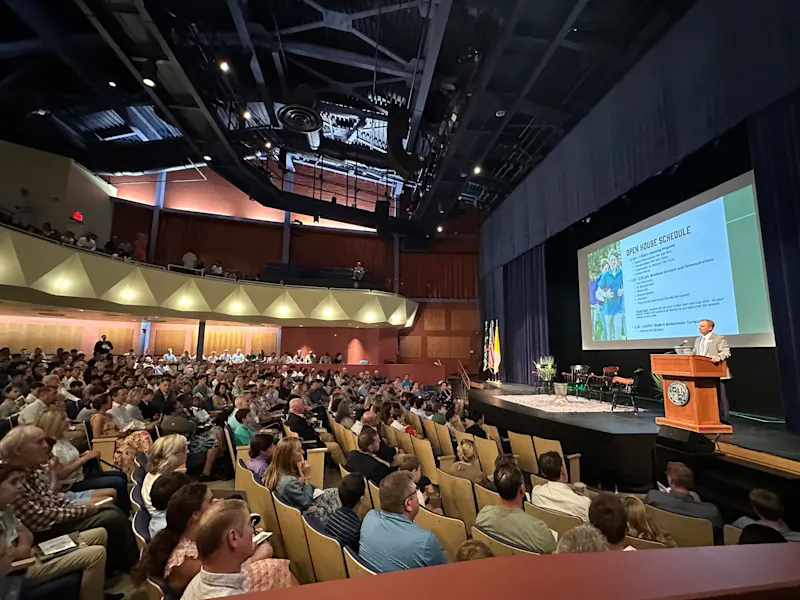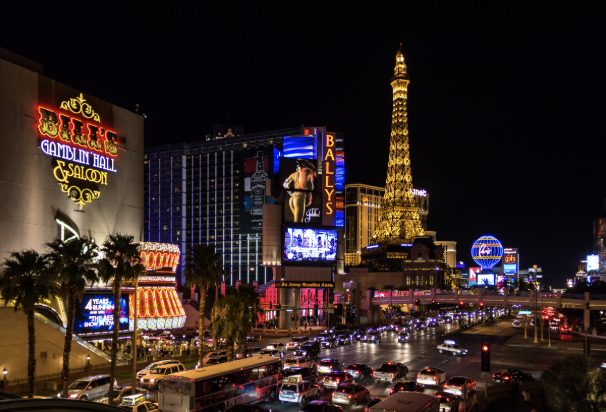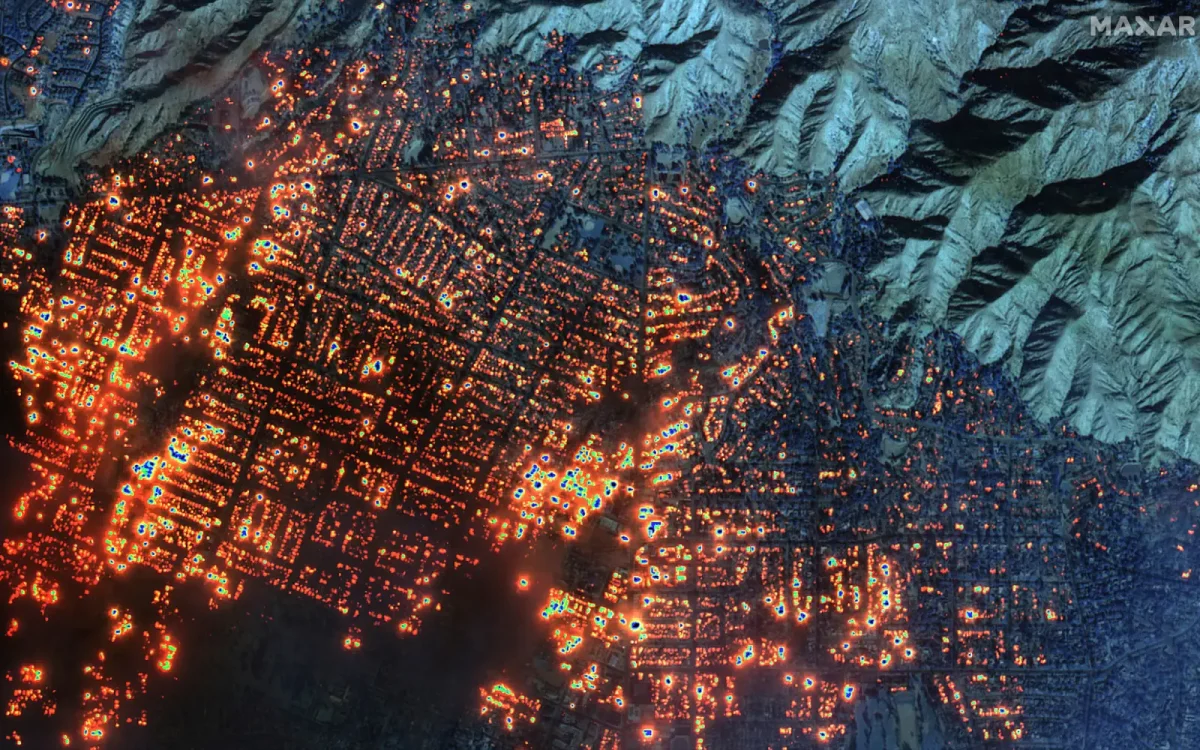Erupting on January 7, 2025, the Los Angeles area’s wildfires have wreaked havoc across communities in Southern California, standing as some of the most destructive wildfires in the state’s history.
Averaging more than 7,500 wildfires each year, California is no stranger to this hazard, being a region that constantly oscillates between periods of drought and heavy rainfall. With some speculating that arsonists may have started some of the fires, the official cause of the wildfires has not yet been officially determined; however, the combination of powerful winds and dry conditions allowed the fires to spread rapidly throughout Los Angeles and surrounding areas.
The largest of the wildfires is the Palisades Fire, which broke out on a brush-covered hilltop on January 7 in the Los Angeles neighborhood of Pacific Palisades. Over the last two weeks, the blaze has burned around 23,700 acres of land and destroyed 6,000 structures. Progress is fortunately being made, and as of Monday, January 20, 59% of the Palisades Fire has been contained.
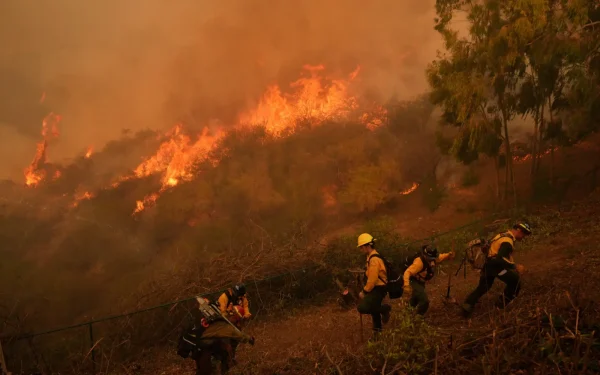
Beginning several hours after the Palisades Fire, the Eaton Fire, the second largest of the wildfires, emerged in the Eaton Canyon near Pasadena. In total, the fire has already torched around 14,000 acres of land and destroyed 10,300 structures, yet as of Monday morning, 87% of the Eaton Fire has been contained.
Additionally, smaller wildfires such as the Archer, Auto, Hurst, Kenneth, Lidia, Sunset, and Woodley fires, which have scorched around 2,400 acres of land, have fortunately been fully contained and are now considered inactive.
The fires have already had drastic implications for the Los Angeles area. At least twenty-seven people have passed away due to the fires, and at one point, 200,000 people were forced to flee their homes under evacuation orders. Additionally, with current estimates projecting a total economic loss between $250 billion and $275 billion, a large number of people will be left homeless. This is primarily because, in an attempt to reduce their exposure to wildfires, insurance companies refused to renew 2.8 million homeowner policies in California between 2020 and 2022, including 531,000 in the Los Angeles area currently experiencing wildfires. As a result, homeowners were forced to either go without fire insurance or shift to California FAIR, an insurance program that serves as a last resort. Not only will people currently be left without homes due to their lack of insurance, but insurance costs will likely rise after these wildfires and leave many vulnerable to disasters in the future.
Although progress is being made in containing the major wildfires, the region remains at high risk of continued fires due to another round of strong Santa Ana winds from Monday to Tuesday. Current forecasts project that wind gusts could reach up to one hundred miles per hour, which, along with the dry conditions, could kindle new fires.


